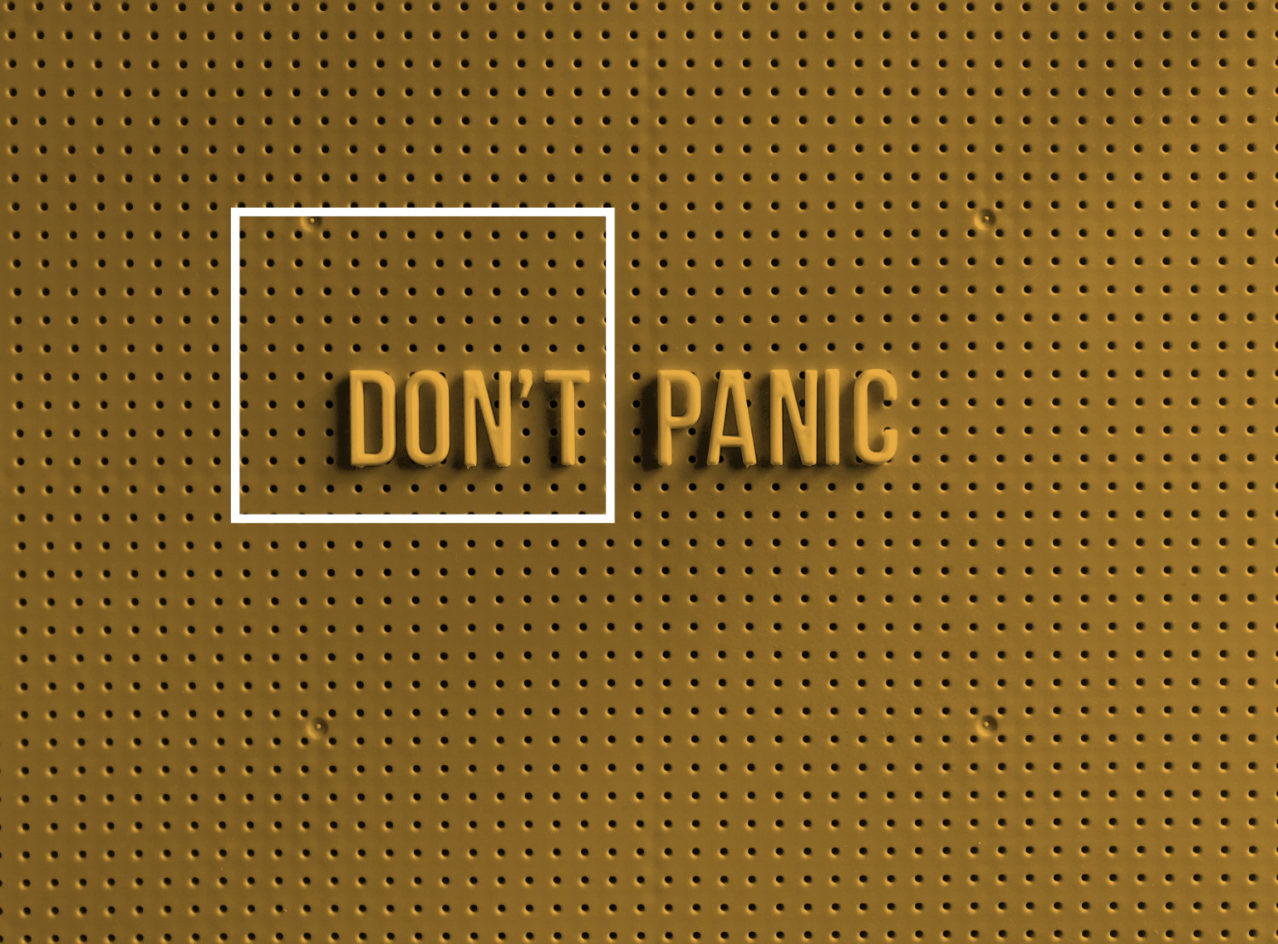
How to unfreeze and overcome fear
Fear of failure is incredibly paralysing. Time to unfreeze and take action.
Fear is a natural automatic response to unknown or threatening situations. As soon as we experience an event that we perceive as threatening our natural automatic response is to either fight, flight or freeze. Right now, a large number of businesses during COVID-19 are getting stuck in fear and freezing in response to massive change.
This is understandable, as a reasonable level of fear protects us on a daily basis. It stops us from jumping off high buildings and makes us approach unfamiliar objects and situations with caution.
The chemical reactions our body goes through when it’s exposed to a threat is fascinating. As soon as we perceive a threat it triggers a range of automatic and considered responses in our body.
Two of the main players in our brain when it comes to processing and assessing fear are called the amygdala and the hippocampus. Here’s what happens:
A threat stimulus, such as the sight of a predator, triggers a fear response in the amygdala, which activates areas our motor functions involved in fight or flight. It also triggers release of stress hormones and sympathetic nervous system.
The hippocampus and prefrontal cortex then help the brain interpret the perceived threat. They are involved in a higher-level processing of context, which helps a person know whether a perceived threat is real.
What Happens in the Brain When We Feel Fear, Smithsonian Magazine
So in a VERY simplified form, you could describe it as:
Whilst fear in its first instance is a natural and automated response, how you respond personally to a trigger very much depends on a number of factors. Some of those factors are chemical. For instance, adrenaline junkies seek the thrill of stimulated fear, and many of us enjoy the adrenaline rush that comes with some degree of fear. This is why we enjoy fast rides and some of us love scary movies.
For others, they can get locked in fear and become unable to move. They are unable to process the number of chemicals released and can shut down or have panic attacks caused by the smallest of triggers. There are theories on the level of Serotonin that could affect how you respond to fear or how much Cortisol your body produces in response to fear or stress. So how you respond physically to a ‘trigger event’ can depend on your chemical make-up which could be genetic, influenced by an underlying health condition or due to your diet and exercise regime.
How you process fear on a rational level depends on how you assess the context and how you evaluate the situation against past experiences.
Whilst some of that will happen on an unconscious level in your hippocampus (which is why you don’t run away or scream when you see a snake or lion in a zoo), it is also something you can force yourself to assess rationally and consciously.
‘We suffer more in our imagination than we do in reality’
Seneca the Younger (4-65AD)
If you find yourself frozen by fear because of COVID-19, it’s time to take a deep breath and assess the situation rationally. Here are some helpful questions that can help you assess your business situation.
But the main question you should ask yourself is:
What is the worst thing that could happen?
Facing your fear of the worst can be very liberating. Our Brightful FFWD Playbook helps you work through that and is available for free to download at the end of this article.
Fear can be a powerful catalyst for action. A healthy dose of fear of failure or protecting your loved ones can be a catalyst for action. One could very well argue that many governments clearly didn’t assess this threat strongly enough at the beginning of the outbreak and got stuck in inertia (freeze) but the ones that took drastic action early (such as South Korea) have dealt with this pandemic much better and will come out of it stronger.
So use your fear to motivate yourself to get things done quicker.
You’ve worked hard to set up your business or shape your career, so don’t let a disruption for 2-3 months take that away. You will most likely have to change and adapt, but if your strategy and values are already clear and defined, use a daily habit tracker app such as DONE and a simple list app (we like MinimaList) to get through your daily to do’s and give some structure and routine to your day.
Ultimately, it’s down to you how you rationally assess your situation as the graph below shows. Ask yourself this question, who do I want to be during the COVID-19 crisis?
Change happens all the time everywhere. As Dr. Spencer Johnson’s demonstrated clearly in his seminal book called, ‘Who moved my cheese?‘, the sooner we accept change and come to terms with it, the better we will handle and survive difficult situations.
Many of you will have heard of the Kübler-Ross Change Curve which is based on the accepted five stages of grieving. It’s not about whether we feel fear. We all do. But it’s about meeting fear and challenging inertia with courage that helps us to adapt, take positive action and move forward faster.
Life will definitely not be the same as it used to be, but the sooner you live in the present rather than in the past or a future that no-one can predict for certain the more likely will you come out of this crisis stronger and more resilient.
It’s only natural to be fearful. It’s only natural to go through anger, frustration and depression. But the sooner you find the courage to move into positive action the more you will feel in control of the situation.